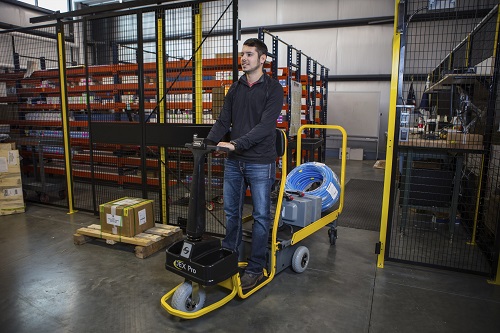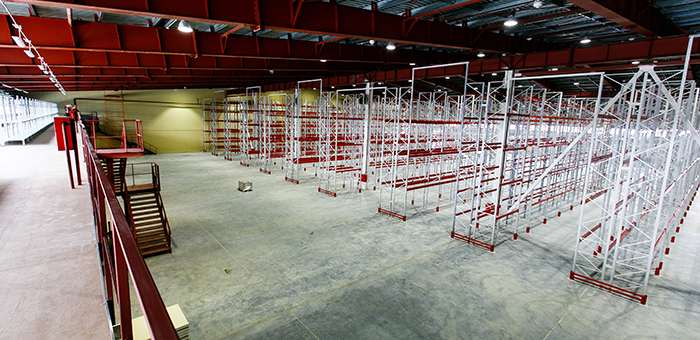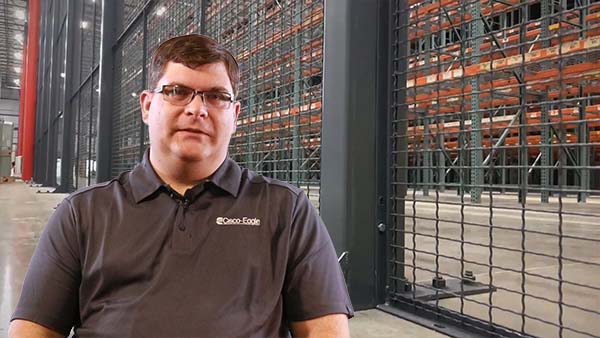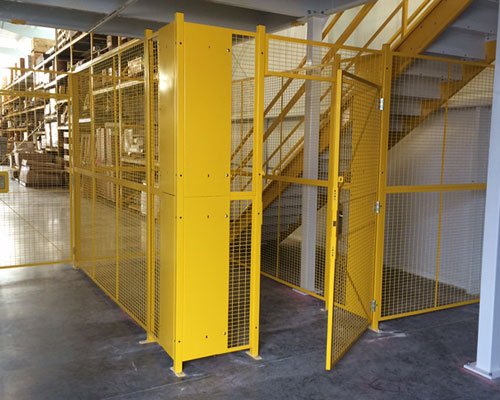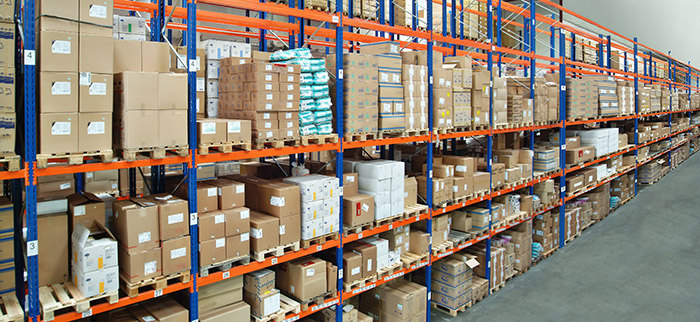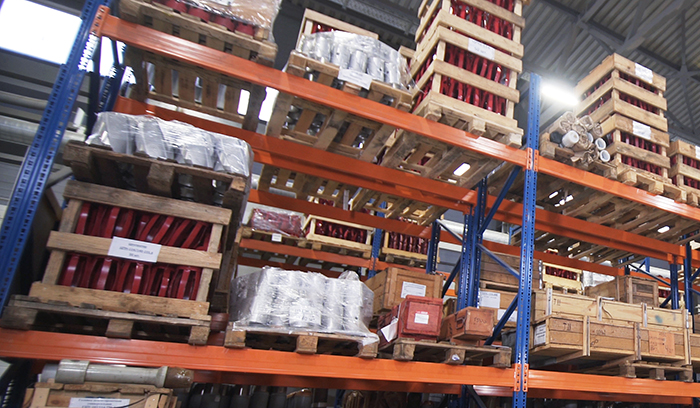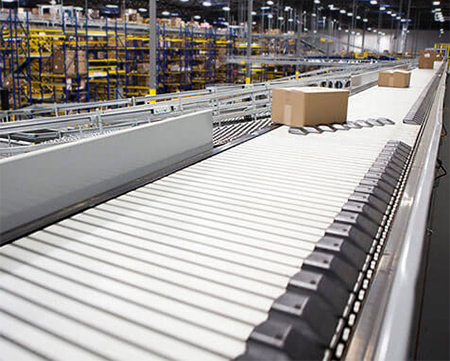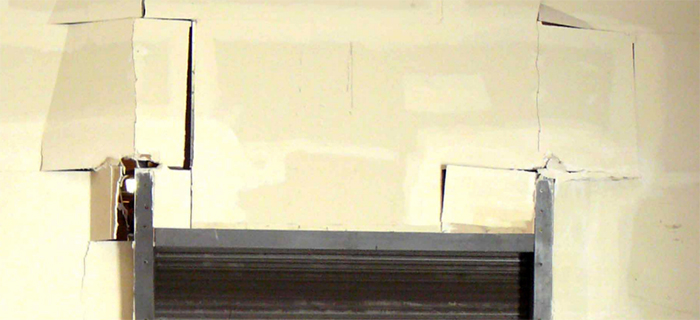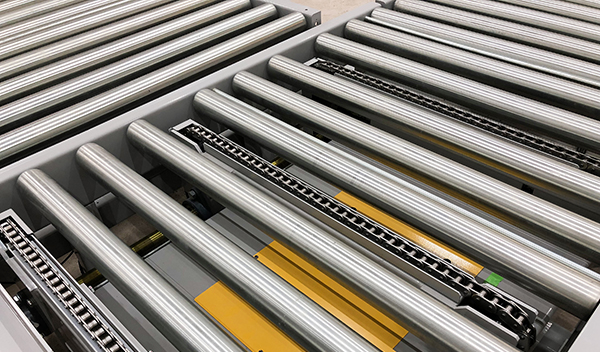
Pick modules support a range of warehouse activities, but their primary role is to increase the speed and space efficiency of order fulfillment operations. Configured with racks (which are usually the support structure), conveyors, flow storage, shelves and modular storage, they let you design the storage, fulfillment and picking strategy that fits your needs. Some pick modules are simple — really, just a shelf-supported mezzanine. Others combine automation and WMS systems for full systems integration.




